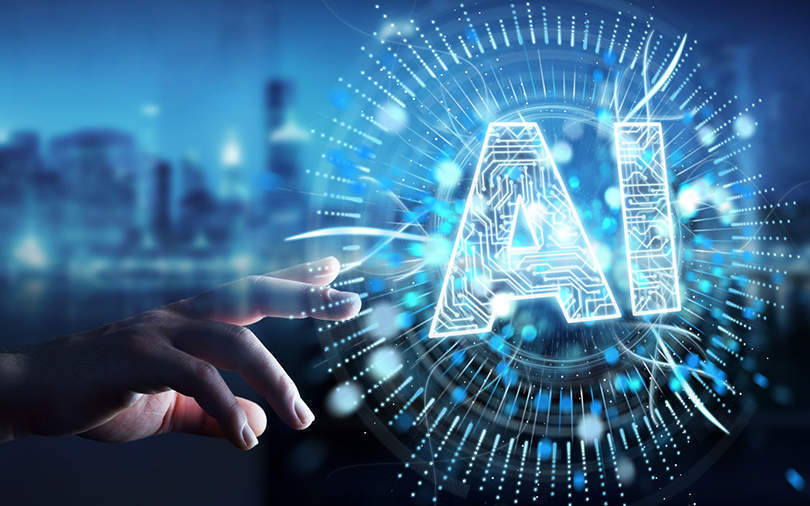The pressure to build high-performing, error-free software at lightning speed is exposing the gaps in traditional quality assurance processes. Manual testing is too slow, automated scripts often break with the slightest code change, and customer expectations are higher than ever. In today’s digital-first economy, users demand seamless experiences—and businesses can’t afford to compromise.
This is where autonomous testing powered by AI steps in. By combining machine learning, predictive analytics, and intelligent automation, AI is transforming QA into a self-learning, adaptive process. Instead of simply checking for bugs after the fact, AI-driven testing anticipates issues, updates itself dynamically, and accelerates product releases without sacrificing quality.
In short, AI isn’t just automating testing—it’s redefining the very concept of quality assurance.
The Evolution of Quality Assurance
Historically, QA teams spent weeks or even months designing test cases, executing scripts, and manually validating software functionalities. While test automation tools helped reduce repetitive work, they often relied on static, rule-based scripts. The problem?
- If the UI changed, the scripts failed.
- If workflows evolved, tests broke.
- Scaling coverage across large applications required enormous effort.
AI is redefining this model by shifting QA from reactive testing to proactive quality engineering. Instead of waiting for bugs to surface, AI-powered systems predict defects, adapt test scenarios dynamically, and provide continuous insights into software health.
What Makes Autonomous Testing Different
Autonomous testing goes beyond conventional automation in several ways:
1. Self-Learning Test Generation
AI algorithms analyse application behaviour, past bugs, and user interactions to generate relevant test cases automatically. This reduces human effort while improving coverage, especially for complex systems.
2. Adaptive Script Maintenance
Unlike traditional automation tools, AI-driven frameworks self-heal broken test scripts by detecting changes in the UI or codebase. This dramatically reduces downtime caused by test failures.
3. Predictive Defect Detection
Using machine learning models, autonomous testing predicts which areas of the application are most likely to fail based on historical trends, developer commits, and past release data. QA teams can prioritise critical paths before deployment.
4. Real-Time Decision Making
AI systems continuously monitor production environments, detecting performance bottlenecks, security vulnerabilities, and integration issues in real time and recommending corrective actions instantly.
AI-Powered Tools Leading the Change
Several cutting-edge platforms are pushing the boundaries of autonomous testing:
- Testim: Uses AI to create self-healing tests and reduce maintenance overhead.
- Applitools: Leverages visual AI for user interface validation and visual regression testing.
- Mabl: Automates functional, performance, and accessibility testing using machine learning models.
- Functionize: Provides intelligent test creation with NLP-based script generation.
These tools enable teams to shorten release cycles, maintain high-quality standards, and improve end-user satisfaction without requiring massive manual intervention.
Benefits of Autonomous Testing
The shift towards AI-driven QA is delivering significant advantages for organisations:
1. Speed and Scalability
AI enables organisations to run thousands of test cases in parallel, reducing testing cycles from weeks to hours.
2. Higher Accuracy
By minimising human intervention, AI eliminates common testing errors and ensures consistent, reliable results across diverse environments.
3. Cost Optimisation
Fewer manual test cases, lower maintenance effort, and faster release timelines directly reduce operational costs.
4. Enhanced User Experience
AI’s ability to simulate real-world scenarios and predict potential failures helps businesses ship products that deliver seamless customer experiences.
Challenges to Overcome
Despite its potential, autonomous testing is not without challenges:
- Complexity of Implementation → Integrating AI into existing testing pipelines requires upskilling teams and restructuring workflows.
- Data Quality Dependence → AI models need high-quality, labelled data to function accurately. Poor datasets can lead to unreliable results.
- Trust and Transparency → Stakeholders often hesitate to rely on “black-box” AI decisions without understanding the underlying logic.
This is why organisations are investing in workforce readiness by enrolling their QA and DevOps teams in specialised training programmes, such as an AI course in Hyderabad, to gain hands-on expertise in AI-driven testing methodologies.
The Role of AI in Continuous Testing
In an era of DevOps and Agile methodologies, continuous testing is the backbone of rapid software delivery. AI enhances this process by:
- Analysing code changes to recommend high-risk test scenarios automatically.
- Generating synthetic test data for edge cases without breaching compliance.
- Optimising resource allocation by predicting test environments prone to failures.
- Integrating with CI/CD pipelines for instant feedback loops during deployment cycles.
This alignment between AI, automation, and DevOps enables companies to maintain speed without compromising quality—a critical competitive advantage in today’s market.
Future of Autonomous Testing
The next phase of AI-powered QA will move beyond defect detection into predictive quality engineering. We can expect:
- Generative AI is producing end-to-end test scripts from simple textual prompts.
- Conversational AI assistants help QA engineers debug faster through voice or chat.
- Quantum computing integration to run massive-scale test simulations in minutes.
- Cross-platform learning, where test insights from one product improve testing for others in the same ecosystem.
For professionals, staying ahead of this curve means developing cross-disciplinary skills that combine AI, data analytics, and software engineering. Upskilling through an AI course in Hyderabad can provide a competitive edge, preparing experts to leverage emerging tools and frameworks.
Conclusion
Autonomous testing represents a paradigm shift in quality assurance, replacing repetitive manual processes with intelligent, adaptive, and predictive systems. By harnessing AI, businesses can deliver faster, more reliable, and higher-quality software while reducing costs and improving customer satisfaction.
However, success depends on more than just adopting new tools—it requires skilled professionals who understand both AI technologies and QA best practices. As the software industry accelerates towards this future, those who embrace AI-driven testing today will lead tomorrow’s innovation.

